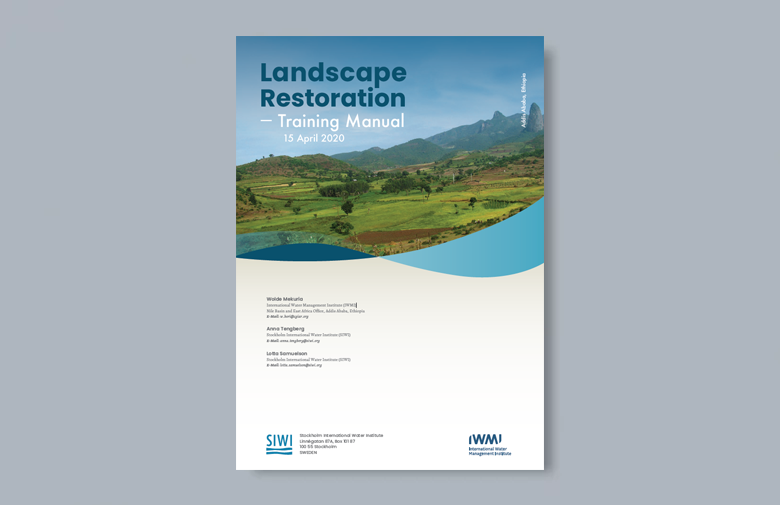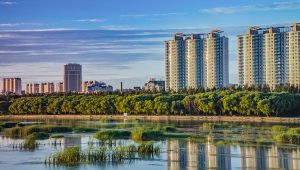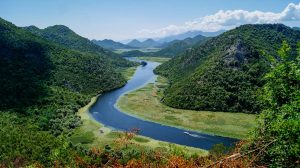PERSPECTIVES
This guide provides training and practice to identify and plan the most-effective restoration strategies and methodologies, identify ecosystem services provided by landscapes, design and implement restoration measures while integrating physical, biological and socioeconomic aspects, and monitor and evaluate results.

Landscape restoration is the process of assisting the recovery of an ecosystem that has been degraded, damaged or destroyed. Forest and landscape restoration addresses restoration at a landscape scale, often encompassing several ecosystems and land uses, as a way of enabling users to achieve trade-offs among conflicting interests and balancing social, cultural, economic and environmental benefits. Restoration is widely acknowledged as a way of reversing degradation processes and increasing the contributions of ecosystems and landscapes to livelihoods, land productivity, environmental services and the resilience of human and natural systems.
The primary objectives of this training guide to provide training and practice to capacitate participants to identify and plan the most-effective restoration strategies and methodologies, identify ecosystem services provided by landscapes, design and implement restoration measures while integrating physical, biological and socioeconomic aspects, and monitor and evaluate results.



